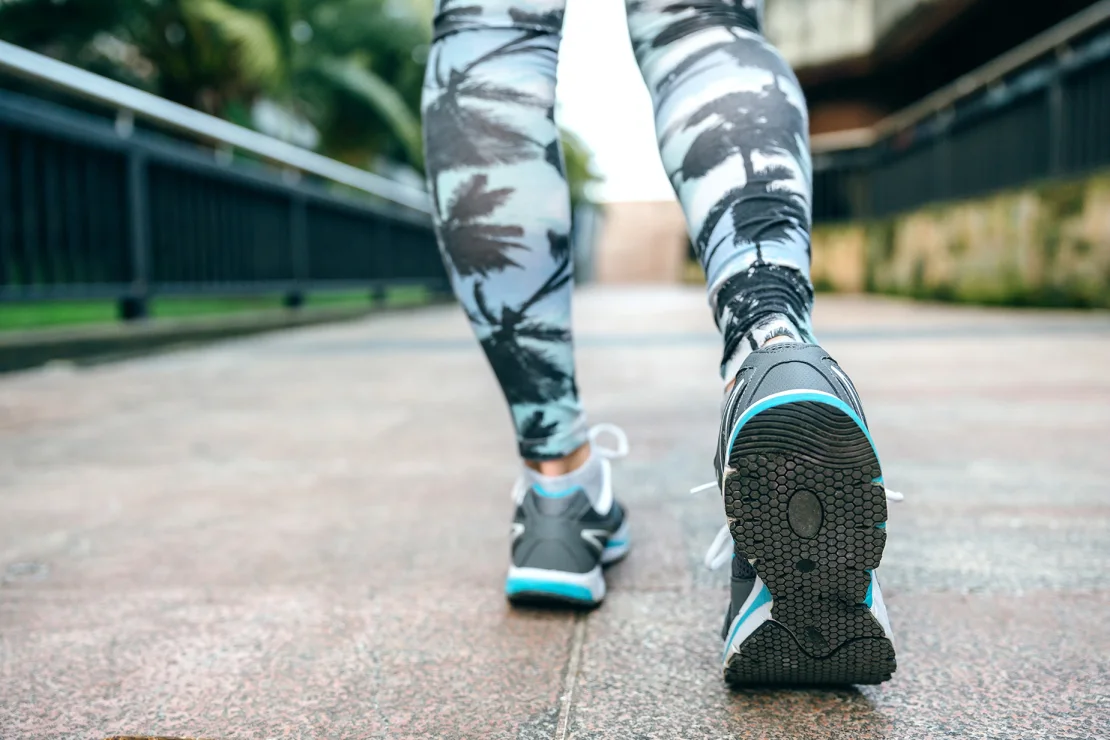
Head into any gym, and you may find someone walking backward on a treadmill or pedaling in reverse on an elliptical machine. While some may be employing reverse motion as part of a physical therapy regimen, others may be doing so to boost their physical fitness and overall health.
“I think it’s amazing to add in some backwards motion to your day,” said Grayson Wickham, a physical therapist at Lux Physical Therapy and Functional Medicine in New York City. “People are sitting way too much today, plus they lack varied movement.”
Quite a few studies have been done on the potential benefits of retro walking, a common term for walking backward. Participants who walked backward on a treadmill for 30 minutes at a time over four weeks increased their balance, walking pace and cardiopulmonary fitness, according to a March 2021 study.
Retro walking may even sharpen your mind and help you become more mindful, as your brain needs to be more alert when moving in this novel fashion. For this reason, plus the fact that backward motion helps with balance, older adults may especially benefit from incorporating some backward strolls into their routine, as one 2021 study of patients with chronic stroke indicates.
Switch up the muscles you’re using
Why is backward motion so helpful? “When you’re propelling yourself forward, that’s a hamstring-dominant movement,” said Landry Estes, a certified strength and conditioning specialist in College Station, Texas. “If you’re walking backwards, it’s a role reversal, where your quads are firing and you’re doing knee extensions.”
As a result, you’re working different muscles, which is always beneficial, plus gaining strength. “Strength overcomes a lot of deficiencies,” Estes said.
You’re also moving your body in an atypical way. Most people spend their days living and moving in the sagittal plane (forward and backward motion), and almost exclusively in the forward sagittal plane, Wickham said.
“The body adapts to the positions and movements and postures you do most often,” Wickham said. “That can lead to tight muscles and joints, which leads to joint compensation, which leads to joint wear and tear, then pain and injury. The more we can add in varied movement into our day-to-day activities or in the gym, it’s so much more beneficial for the body.”


